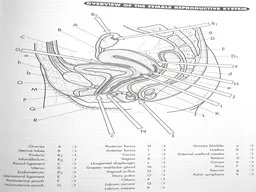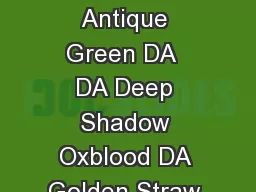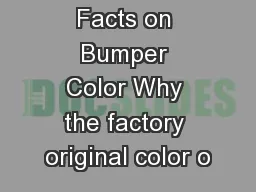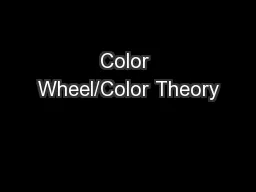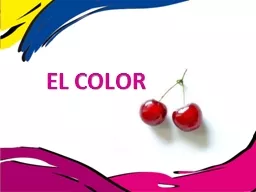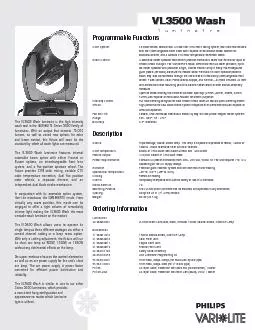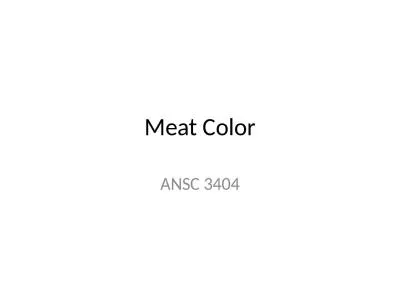PPT-Color what we know:
Author : myesha-ticknor | Published Date : 2016-03-03
Grey Urethra b drains bladder Brown Rectum d fecal storage Anus f expels fecal matter Black Urinary bladder a stores urine Yellow Coccyx e aka tail bone of vertebrae
Presentation Embed Code
Download Presentation
Download Presentation The PPT/PDF document "Color what we know:" is the property of its rightful owner. Permission is granted to download and print the materials on this website for personal, non-commercial use only, and to display it on your personal computer provided you do not modify the materials and that you retain all copyright notices contained in the materials. By downloading content from our website, you accept the terms of this agreement.
Color what we know:: Transcript
Download Rules Of Document
"Color what we know:"The content belongs to its owner. You may download and print it for personal use, without modification, and keep all copyright notices. By downloading, you agree to these terms.
Related Documents

